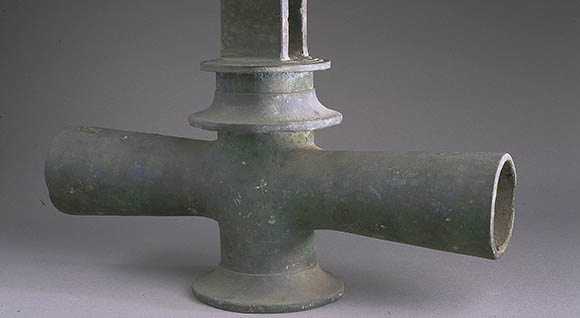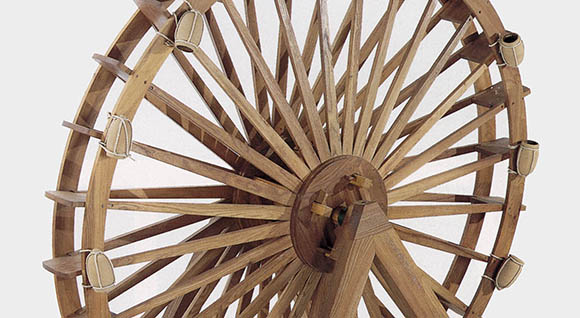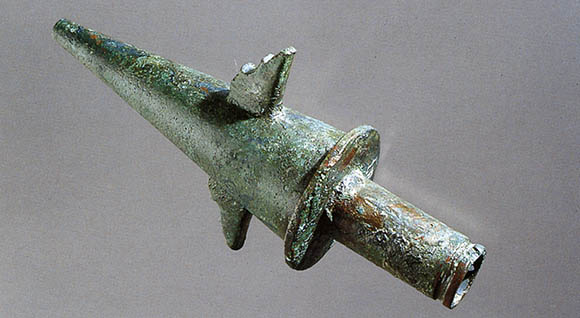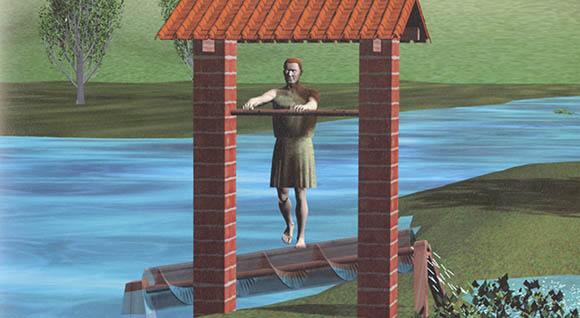3. Science and technology of water
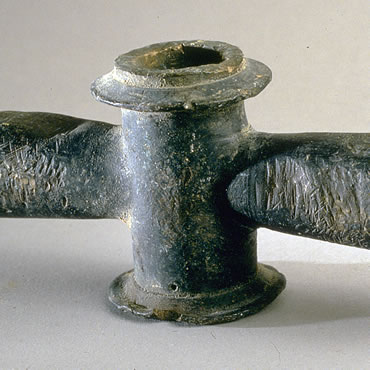
Water, beyond the basic necessity of drinking water, is one of the primary human needs. The technology involved in storing, distributing, and channeling water formed the basis of an infrastructure of primary importance in a Roman city, as in any other urban settlement.
The techniques used for the control and distribution of water in Pompeii, at the time of the eruption in 79 AD, form a complex system which testify to the civilization's considerable achievements in hydraulic science as well as metallurgy, architecture, and urban planning. Caring for water resources was a constant concern for the Romans in general and citizens of Pompeii in particular.
Water flowed invisibly through underground pipelines, drainage systems, and aqueducts supported by arches, reemerging in the city's fountains.
The construction of Rome’s aqueducts began during the fourth century BC and continued until there were eleven aqueducts in all.
In De Architectura Vitruvius discussed hydraulic technology at length, describing not only wells, aqueducts and cisterns, but also pumps and mills. Later, Frontinus produced a treatise presenting the hydraulic knowledge and practices of the Romans.
Water was drawn from springs and was transferred to settling tanks. From there it was channelled through pipes which were often underground or raised, housed in arches made in the masonry. Pipes are found made from terracotta or masonry, or carved directly into the rock, or in cut-stone blocks. Nevertheless, they were most frequently made of lead. The aqueduct fed the city’s principal reservoir, in the vicinity of the city centre, and from there the water was distributed in a network that supplied public and private users.
At Pompeii water was stored in a great cistern near the Vesuvius Gate, which was the highest point in the city. From there, pipes distributed water to supply the thermal baths, the fountains, and the private houses. The distribution network was made with lead pipes. Their tap valves testify to the high level of accomplishment achieved by Roman metalworking. They also took pains to collect rainwater which came through the compluvium and into the impluvium, and then flowed into underground cisterns.
Among the machines for drawing water, one of the most common was the noria, a device consisting of a wheel and either boxes or buckets.
The Archimedean screw was made with a spiral tube around a rotating axis and powered by the feet of a slave. It was used to raise water to overcome differences in gradient.
Hydraulic power was also exploited by various kinds of wheels; the power that was harnessed was used primarily for powering mills, but was also used for other working machines.
- Provenance: Pompeii I, 7, 1, House of Paquius Proculus, room B to the right of the entrance (7/2/1923)
- Date: First century AD


